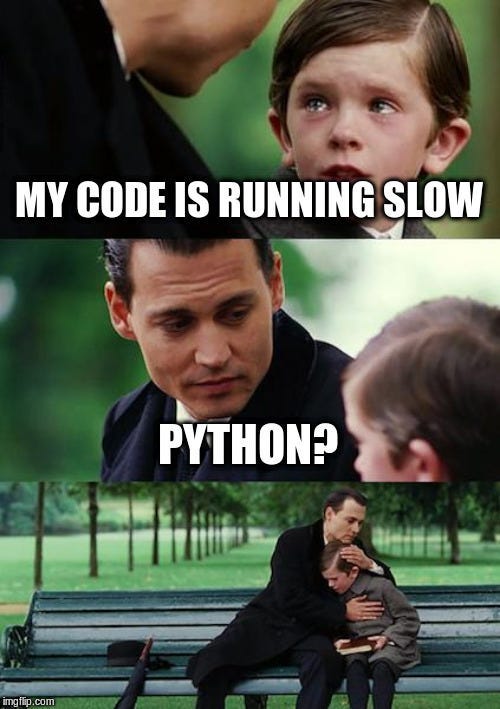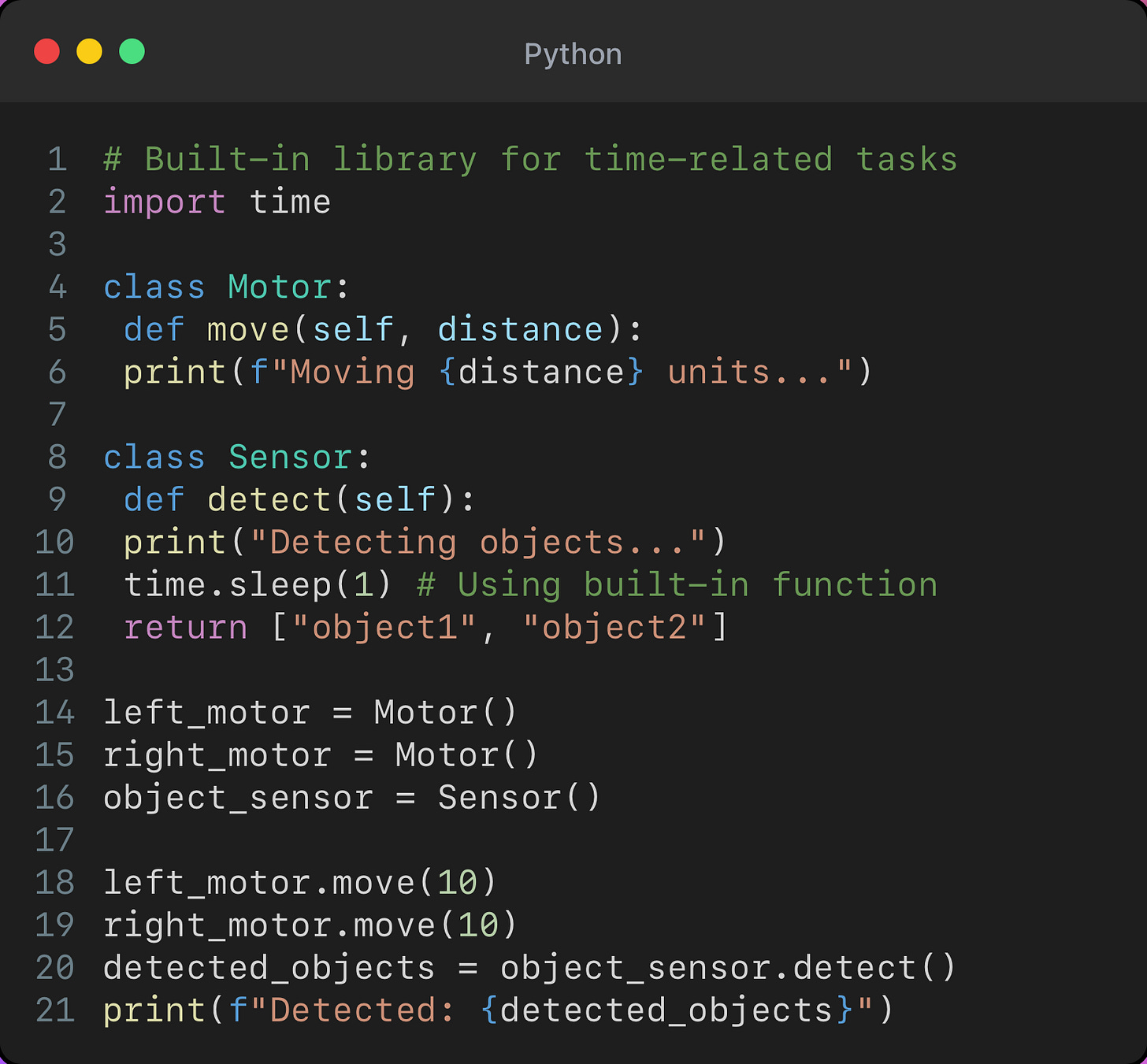🤔 Do you know how robotics engineers choose between Python and C++ ?
Robotics Engineering Essentials:
Robotics is a fascinating field, blending hardware and software to create machines that can interact with the world. When it comes to programming these robots, two languages often come to the forefront: Python and C++. In this post, I will share my personal experience as a robotics engineer where we will explore the differences between these languages, their strengths, and their applications in robotics, with a real-world example to help even the most novice of readers understand.
Python
Pros:
Easy to Learn and Write: Python's syntax is simple and readable, making it an excellent choice for beginners.
Extensive Libraries: Python has a vast number of libraries that can be used for everything from image processing (like OpenCV) to machine learning (like TensorFlow).
Rapid Prototyping: Python's simplicity allows for quick development and testing.
Cons:
Speed: Python is an interpreted language, which often makes it slower than compiled languages like C++.
Not Always Ideal for Real-Time Operations: The speed limitations can sometimes be a bottleneck for tasks that require real-time responsiveness.
C++
Pros:
Performance: Being a compiled language, C++ often delivers better performance than interpreted languages.
Fine Control: C++ provides more direct control over hardware and system resources.
Real-time Operations: Many real-time operating systems used in robotics have C++ interfaces.
Cons:
Complexity: C++ can be harder for beginners due to its intricate syntax and the need to manage memory manually.
Longer Development Time: Writing, debugging, and compiling C++ code can be more time-consuming.
Real-World Example: A Robot's Movement and Sensor System
Imagine a robot equipped with motors for movement and sensors to detect objects. It needs to move forward, collect sensor data, and then process this data.
Python Code:
How Python Achieves Conciseness:
Simplified Syntax: The structure is clear with no semicolons or braces.
Dynamic Typing: We didn't specify types for our motor or sensor variables.
Built-in Libraries: Used Python's
timelibrary directly.
C++ Code:
How C++ Offers More Control and Performance:
Explicit Typing: Notice
int distancein themovefunction, specifying the type.Memory Management: While we didn't use dynamic memory here for simplicity, C++ allows us to manually control memory using
newanddelete.Direct Hardware Access: While abstracted in this example, C++ typically provides closer hardware interfacing options, often essential for robotic applications.
Compiled Nature: This code is compiled into machine code, typically resulting in faster execution than the interpreted Python code.
Conclusion:
Both Python and C++ have their unique strengths. Python's simplicity makes it perfect for beginners or situations where rapid development is needed (For Prototyping).
C++, with its performance edge and direct control, is often the choice for performance-critical robotic tasks ( For Production).
The decision between them should be based on the specific requirements of your robotics project.
Dive in, experiment with both languages and find out which one resonates more with your robotics journey.
Happy Learning 😌✌️




